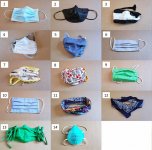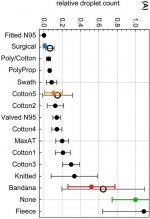MarzNC
Well-known member
- Joined
- Jul 18, 2020
What NC public health came up with a while back. Really need to do all three. For me, staying farther away from people I don't know is more important than worrying about exactly what type of mask I'm wearing or whether or not the stranger is wearing a mask of any kind. Doesn't mean I'm just staying home though. Means I pick where I go more deliberately, whether it's for grocery shopping, getting food prepared by a restaurant, or stopping for a restroom when driving away from home.








